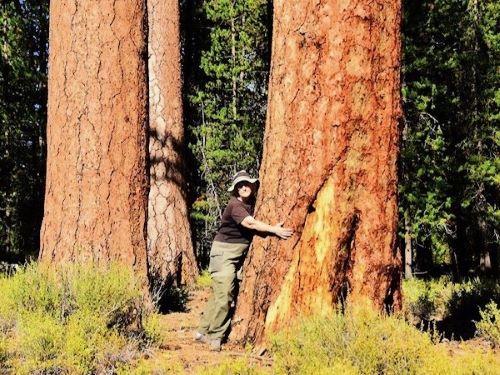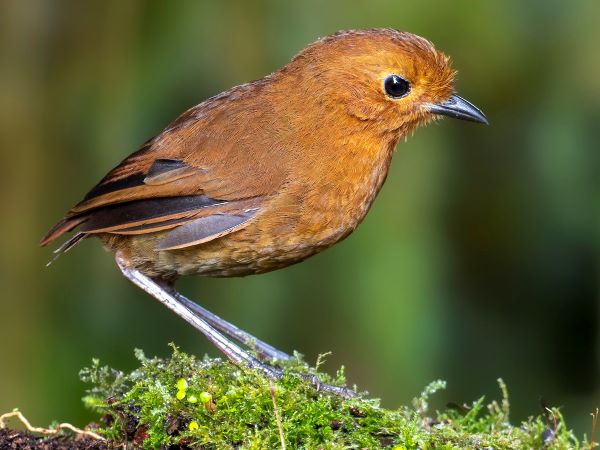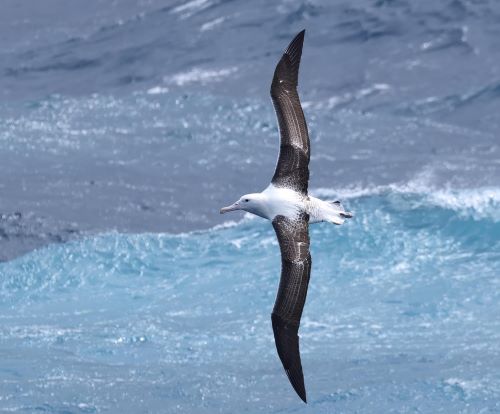Meet our new Habitat Haven volunteer. Evelyn Sherr has joined Lane Audubon’s Habitat Haven Backyard…
As cool fall weather approaches and leaves begin to gather on the ground beneath the oak trees, you may notice something special if you look up into the treetops. Clumps of Pacific Mistletoe, known to scientists as Phoradendron villosum, are slowly being revealed in the canopy.
Mistletoes compose a group of shrub-like flowering plants that parasitize both coniferous and deciduous trees. There are many species of mistletoes, some of which can parasitize only one host tree species. In the Willamette Valley, Pacific Mistletoe parasitizes mainly Oregon White Oak, though it sometimes uses pin oaks and other ornamental trees.
Although mistletoes are parasites on trees, they can benefit other organisms in many ways. Across the globe, mistletoes are keystone species, increasing biodiversity by providing a host of resources for wildlife, including nutritious fruits and leaves, increased leaf litter, cavities for nesting, and dense cover and loose bark for sheltering. A recent study by Dr. David Watson of Charles Sturt University in New South Wales, Australia, found that 20% of bird species disappeared from a forest after mistletoe had been removed. Watson believes that this decline in bird diversity may be due to the loss of resources provided by the mistletoe.
Scientists know that mistletoes are generally good for wildlife, but there has been no research on the effect Pacific Mistletoe has on wildlife in western Oregon. Dr. David Shaw (Oregon State University College of Forestry), Dr. Joan Hagar (U.S. Geological Survey), and graduate student Kyle Pritchard (Oregon State University) are trying to find out whether and how mistletoe benefits overwintering birds in the Willamette Valley. Understanding which bird species use mistletoe berries and how mistletoe is dispersed will provide information about a critical link in the ecology of the system.
You can help in this research by volunteering to report sightings of birds that are foraging on mistletoe berries this fall and winter. Volunteers can report their sightings online at the Avian Mistletoe Project website (http://avianmistletoe.forestry.oregonstate.edu/). The Observation Form asks for detailed location descriptions or coordinates, if possible, and feeding observations. Your data contributions can help scientists better understand the role of this fascinating parasite in Oregon ecosystems.



